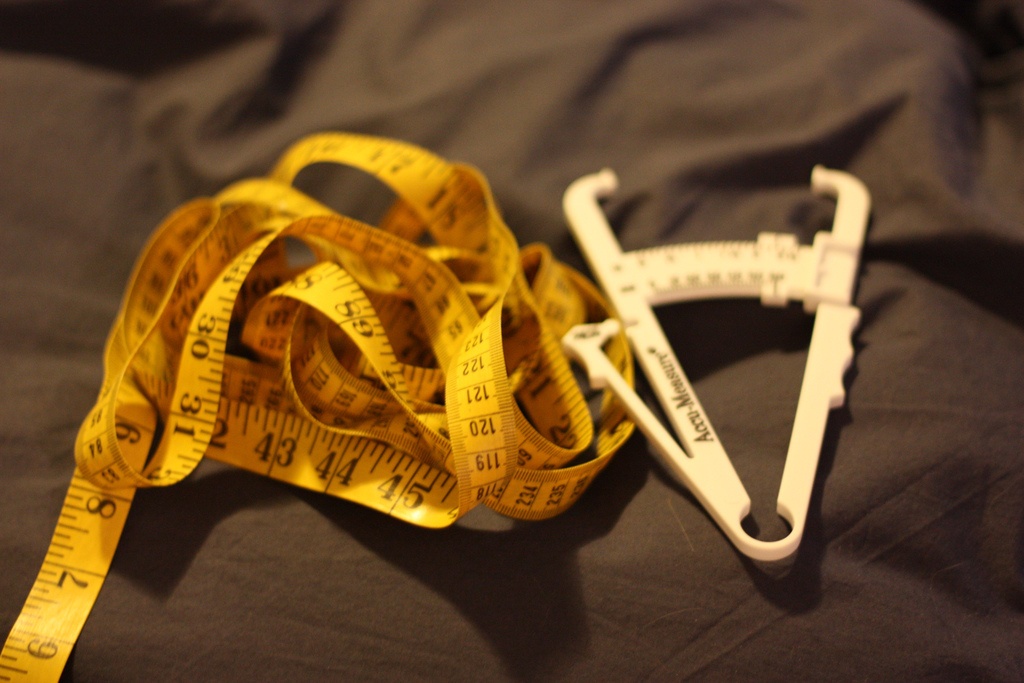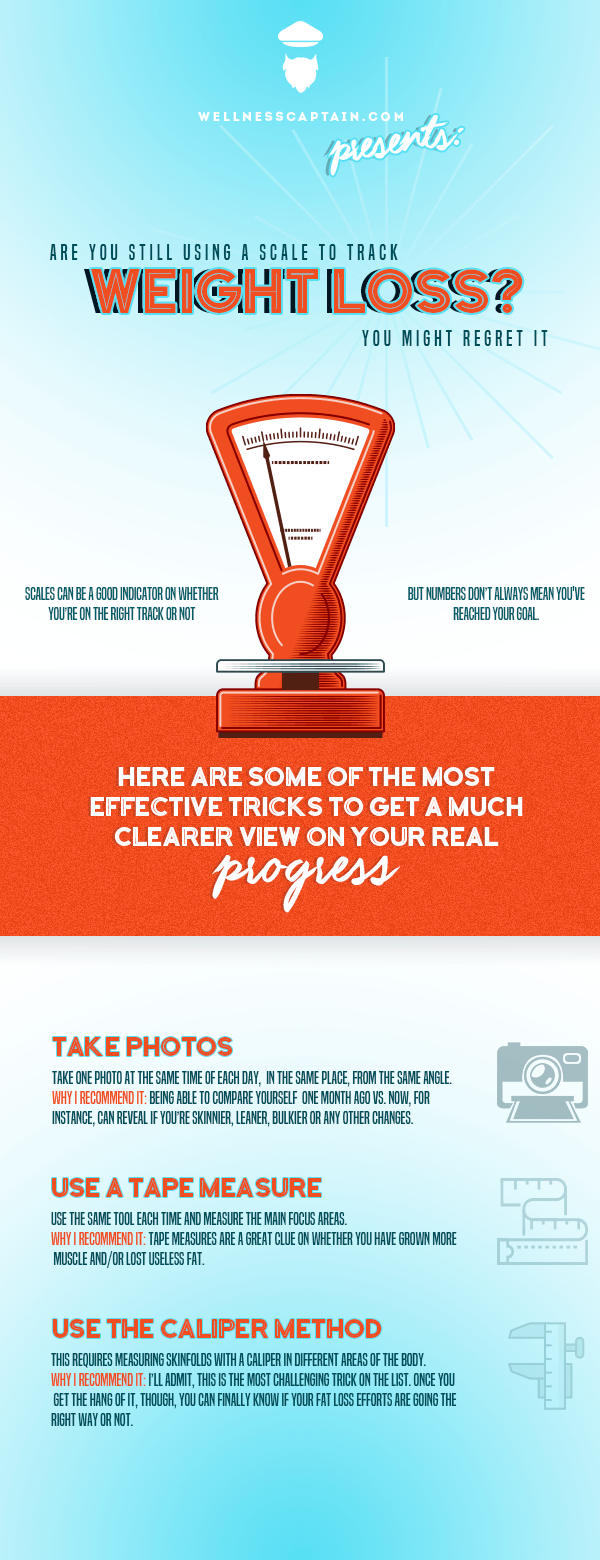Are You Still Using a Scale to Track Weight Loss? You Might Regret It

Some love it, some hate it and for some it’s the most terrifying time of the month: using the scale. For most people, this tool gives the final verdict: does that new diet work? Are those supplements useful? The scale should let you know.
But it won’t.
Why using the scale is a trap
Weight loss comes in many ways. It can mean losing fat, muscle tissue, or getting rid of water retention. Sure, scales can be a good indicator on whether you’re on the right track or not – but smaller numbers don’t always mean you reached your goal too.
At the same time, gaining a few pounds isn’t always a bad thing either! Muscle growth can add a few pounds on the scale, for example, but you may be in better shape than ever. So many people are filled with negative emotions and even end up with depression because they think a scale tells them exactly how they really look.
So how can you measure your weight loss journey without being deceived?
How to track your weight loss progress properly
Well, the trick is to combine the scale with one or more other measurement methods. This way, you get a much clearer view on your real progress and how close you are to your goals. Here are some of the most effective tricks:

1. Take photos
And I’m not talking about the Instagrammable ones. In order to track your progress, take one photo at the same time of each day, in the same place, from the same angle. Don’t suck your belly or try new poses – just be your normal self. It may be tricky to get it right at first, but it’s worth it.
Why I recommend it: You see yourself all the time and sometimes it may seem like you’re not making any progress at all.
Being able to compare yourself one month ago vs. now, for instance, can reveal if you’re skinnier, leaner, bulkier or any other changes.
![]()
2. Use a tape measure
As I said earlier, weight loss isn’t just about the numbers on the scale; it can also be about the ones on your tape measure. Use the same tool each time and measure the main focus areas: your chest, waist, thighs and biceps. Write down the numbers and compare them weekly or monthly.
Why I recommend it: Tape measures are a great clue on whether you have grown more muscle and/or lost useless fat. Along with the scale, this tool helps you figure out how you’re losing weight precisely.

3. Use the caliper method
You might need a friend’s help for this one because it requires measuring skinfolds with a caliper in different areas of the body. While it requires a bit of practice, this method can reveal if you’re really losing fat or if it’s also muscle. Measure the same areas using the same tool every time. Write down your results, but take caution: with this method, what matters is the change in numbers and not the numbers themselves!
Why I recommend it: I’ll admit, this is the most challenging trick on the list. Once you get the hang of it, though, you can finally know if your fat loss efforts are going the right way or not. Again, this is something your scale won’t tell you.
Depending on your lifestyle and goals, one method may be more useful than another. Once you get the right combination, though, tracking your weight loss goals – and improving your workout or diet plans – will become faster and easier.



